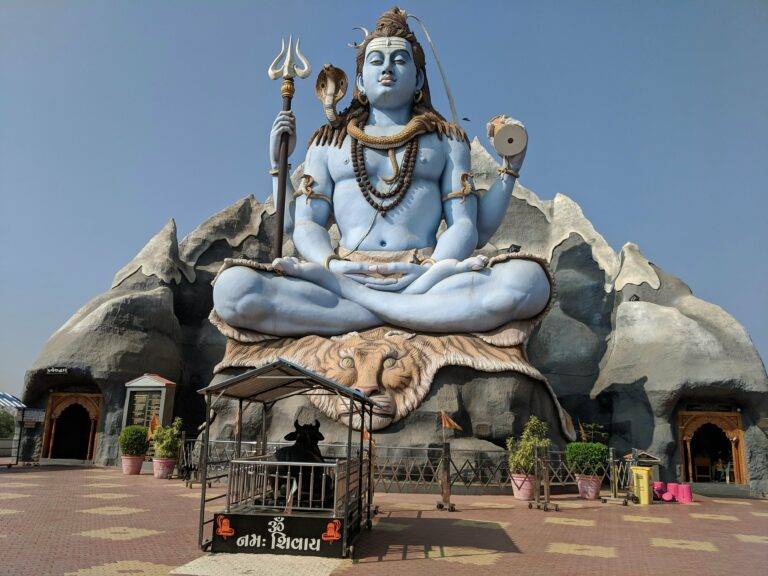Diversity and Inclusion in Hollywood: Progress and Challenges
Throughout the history of Hollywood, the portrayal of marginalized communities has been marked by lack of diversity and inclusion. Early depictions often perpetuated harmful stereotypes, reinforcing prejudiced views and biases. For decades, non-white characters were marginalized, relegated to stereotypical roles that failed to capture the true essence and diversity of their communities.
As the film industry evolved, there were gradual shifts towards more diverse representations on screen. However, progress has been slow and inequalities still persist. Despite efforts to promote inclusivity, minority groups continue to be underrepresented in mainstream media, with limited opportunities to showcase their talent and stories. Hollywood’s history of representation is a complex tapestry marked by both strides forward and persistent challenges in achieving genuine diversity and equitable portrayals on screen.
Underrepresentation of Minorities in Mainstream Media
Minorities have long been marginalized in mainstream media, with their presence often limited to stereotypical roles or token characters. The lack of diverse representation fails to accurately reflect the multicultural society we live in, perpetuating harmful stereotypes and reinforcing systemic biases. Despite efforts towards inclusivity, progress has been slow, and many minority groups continue to be underrepresented onscreen.
By excluding diverse voices and perspectives, mainstream media overlooks unique stories and experiences that could enrich storytelling and resonate with a wider audience. This lack of representation not only does a disservice to minority communities but also deprives viewers of the opportunity to see themselves reflected on screen in a meaningful and authentic way. The underrepresentation of minorities in mainstream media highlights the need for greater diversity both in front of and behind the camera to create a more inclusive and representative entertainment industry.
• The lack of diverse representation perpetuates harmful stereotypes and reinforces systemic biases
• Progress towards inclusivity has been slow, with many minority groups still underrepresented onscreen
• Mainstream media overlooks unique stories and experiences by excluding diverse voices and perspectives
• Viewers are deprived of the opportunity to see themselves reflected on screen in a meaningful way due to the lack of representation
• Greater diversity is needed both in front of and behind the camera to create a more inclusive entertainment industry
The Impact of Stereotyping in Film and Television
Stereotyping in film and television has long been a contentious issue, perpetuating harmful biases and shaping societal perceptions. Characters often fall into predictable molds based on race, gender, or other characteristics, reinforcing stereotypes and limiting authentic representation. These portrayals can lead to internalized beliefs and prejudices, fueling discrimination and hindering opportunities for diverse storytelling.
The impact of stereotyping extends beyond the screen, influencing how individuals are perceived in real life. By presenting one-dimensional representations of marginalized groups, media can distort reality and overshadow the complexity and diversity within these communities. This perpetuation of stereotypes not only hinders the progress towards inclusivity and equality but also hampers the potential for authentic connections and understanding between different groups.
How has representation in Hollywood evolved over time?
The history of representation in Hollywood shows a gradual shift towards including more diverse characters and storylines, but there is still a long way to go in terms of equal representation for all minority groups.
Why is underrepresentation of minorities in mainstream media a problem?
The underrepresentation of minorities in mainstream media can perpetuate harmful stereotypes and limit opportunities for diverse voices to be heard and seen on screen.
What are some examples of stereotyping in film and television?
Stereotyping in film and television can include portraying certain groups as villains, sidekicks, or one-dimensional characters based on their race, ethnicity, or other characteristics.
How does stereotyping impact society?
Stereotyping in film and television can reinforce biases and prejudices, leading to discrimination and marginalization of certain groups in society. It can also impact the self-esteem and mental health of individuals who do not see themselves represented accurately on screen.




